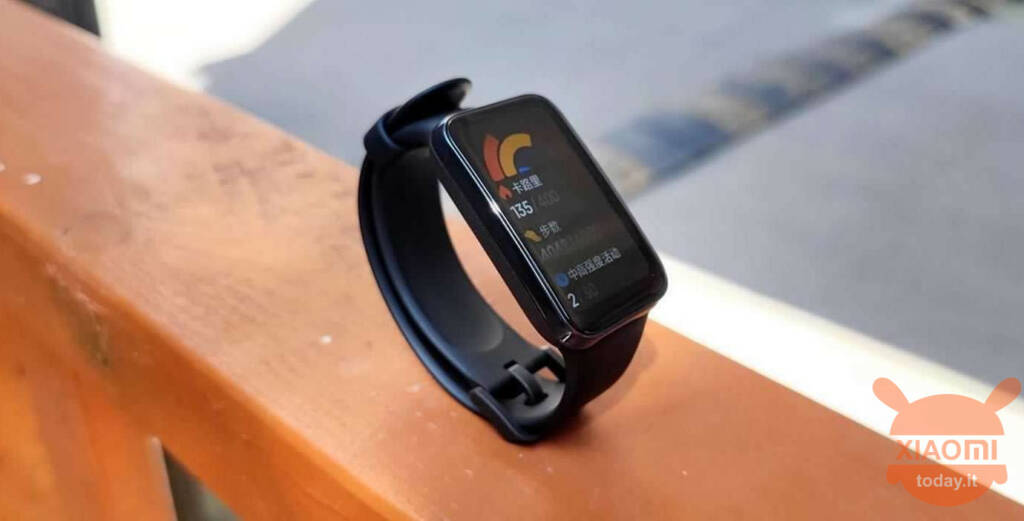
In the latest wearables that have arrived on the market with the Xiaomi and Amazfit brands, we find the presence of the PAI value, but perhaps some of you still don't know what it is. This value adds to the others collected by the smart wearable, taking the recent one as an example Xiaomi Mi Band 5, the monitored data is 50% more accurate than previous generations, showing heart rate, sleep monitoring and pedometer to name a few.
The PAI value was introduced by Huami on its Amazfit devices and we could basically define it as a personal indicator of physiological activity. In other words, it is a value that tells you how healthy you are in terms of physical activity or if you need to improve.
What is the PAI value?
PAI is the acronym in English for Personal Activity Intelligence and consists of an algorithm which, based on various data, returns a result that represents your physical condition. Specifically, the data used by this function are heart rate and other personal data such as weight or gender, therefore PAI is a personal index which differs for the same data collected from a person weighing 100 kg from one who weighs half.
The value returned by the monitoring is based on weekly activity, so every week your fitness tracker will give different results that increase on a daily basis. The PAI value fluctuates between 0 and 125: according to the developers, the ideal would always be to reach a value equal to 100 or higher. In this sense, people who reach this value are less prone to cardiovascular disease risk and their life expectancy increases by about 8 years compared to people who don't reach this score.
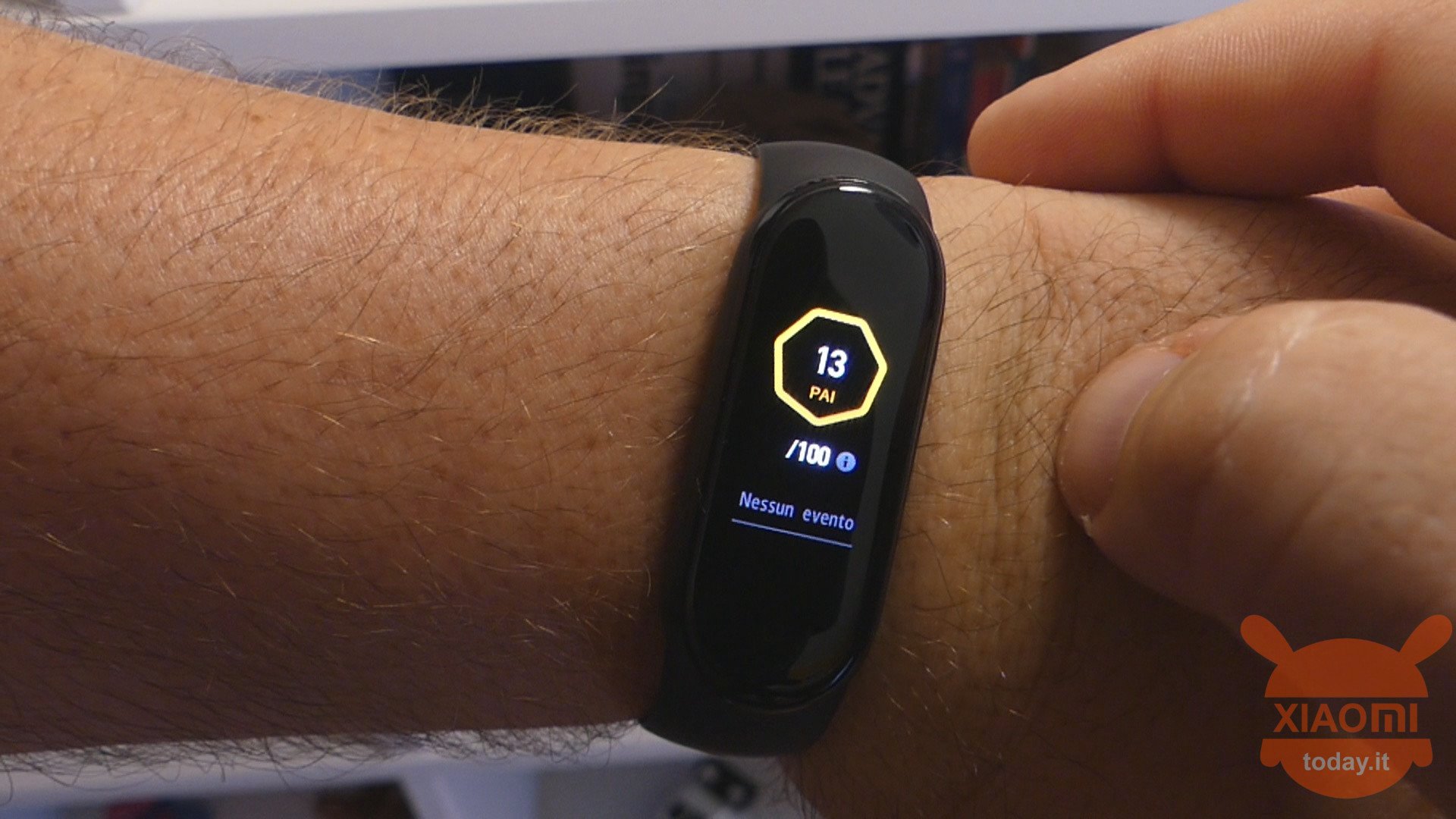
Therefore, always keeping our PAI index under observation, we can increase it by carrying out physical activity and sport in general, in order to increase the heart rate, thus burning fat which turns into weight loss. The higher your heart rate, the more PAI points you will get. This doesn't mean you have to get your heart pumping, but a simple activity like walking and/or cycling on a daily basis, as well as using the stairs instead of the elevator, will allow you to receive a score of at least 75, reaching the optimal PAI value of 100, in no time.
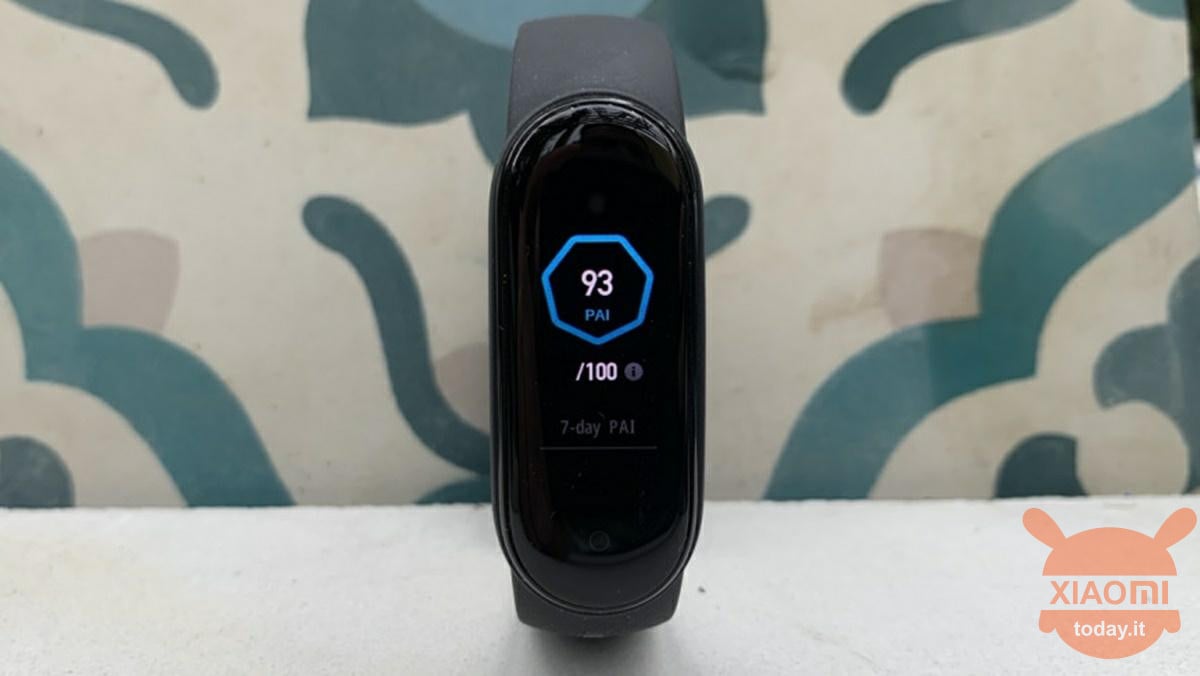
Be careful though, because the PAI only works if the bracelet heart rate monitoring is activated on your device. To turn heart rate monitoring on or off, you need to do the following:
How is the PAI value measured?
- Open the app We Fit / ZEPP on the smartphone you have associated with your wearable;
- Go to the Profile section of the app and select your wearable;
- At this point, scrolling through the options, you will see the item for enabling automatic heart rate detection, which to better calculate the PAI index must be set to a frequency of at least 5 minutes.
Well, now that you know what PAI is and how it works, you're ready to keep training. We also recall that the PAI value is not exclusive to Mi band 5 but is now present on all Huami devices and therefore Amazfit series, with the exception of the most obsolete wearables, such as the Amazfit Bip first generation. And which smartwatch do you rely on for the collection and monitoring of your fitness data?






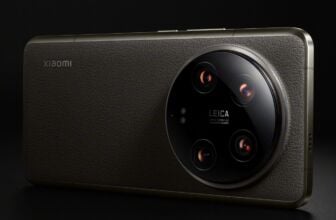

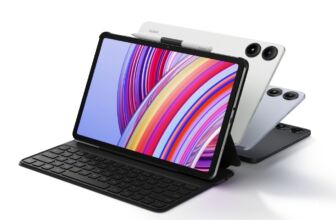


Also ich finde die PAI total demotivierend. Ich geh meine 12000 Schritte am Tag, mach meine 45 Minuten Tai Chi, meditiere ne Stunde, und bekomme dafür in der Woche manchmal nicht mehr als 9 Punkte. Aus PAI-Sicht könnte ich manchen Tag (weil manchmal bekomm ich auch keinen PAI-Punkt) genauso auf der Couch sitzen und Chips in mich reinstopfen. For 100 Punkte müsste ich wohl 100000 Schritte am Tag gehen und 8 Stunden Tai Chi machen. Ich hab sie daher von meiner Uhr runtergeschmissen.
Sie müssen am Berg gehen oder leicht joggen. Wenn der Puls nur minimal erhöht ist, wie beim gehen, dann bringt das für Pai wenig !!
makin bingung baca ini, ga jelas
I think PAI is a useful tool to motivate larger segments of the population to become physically active.